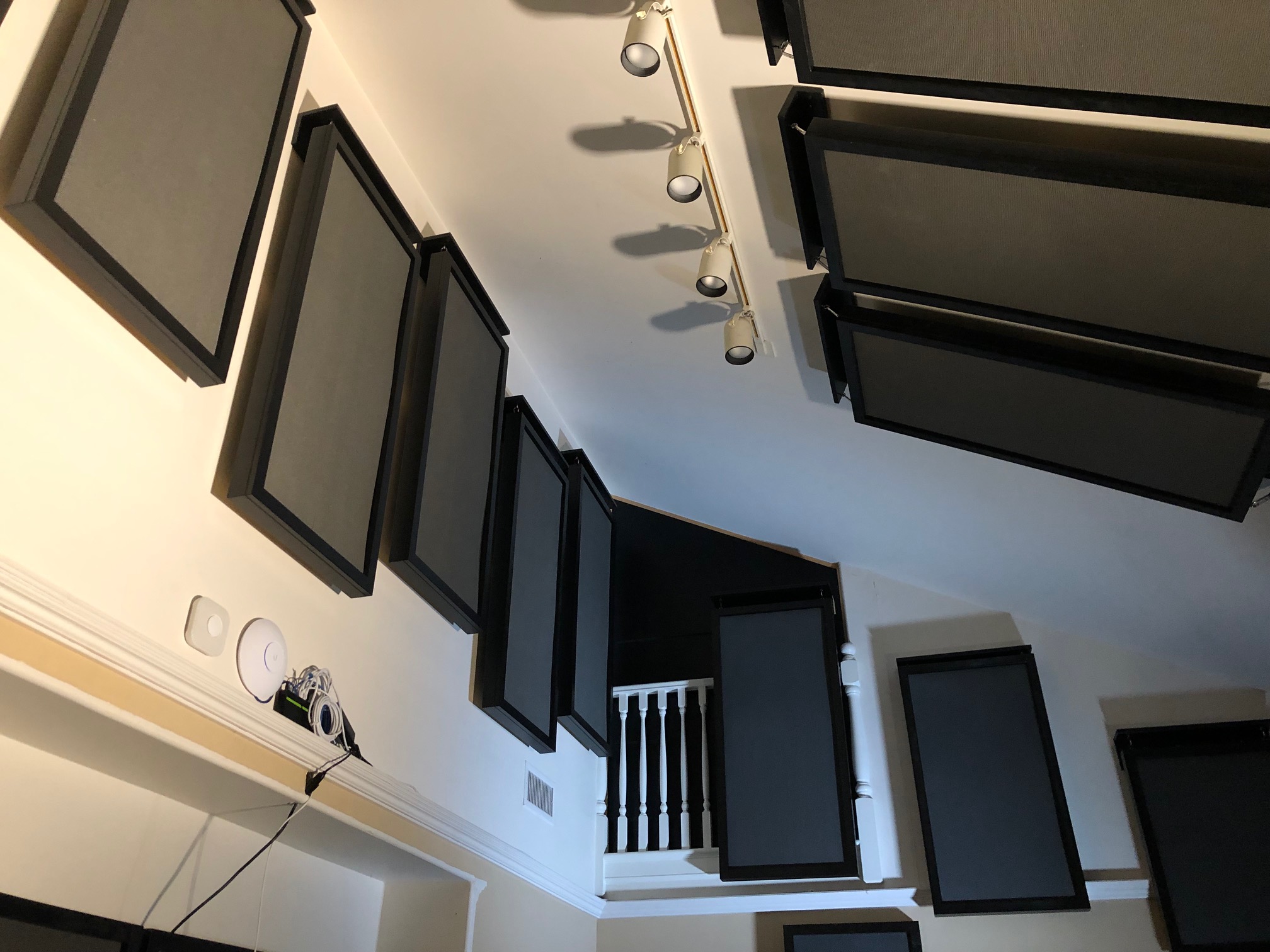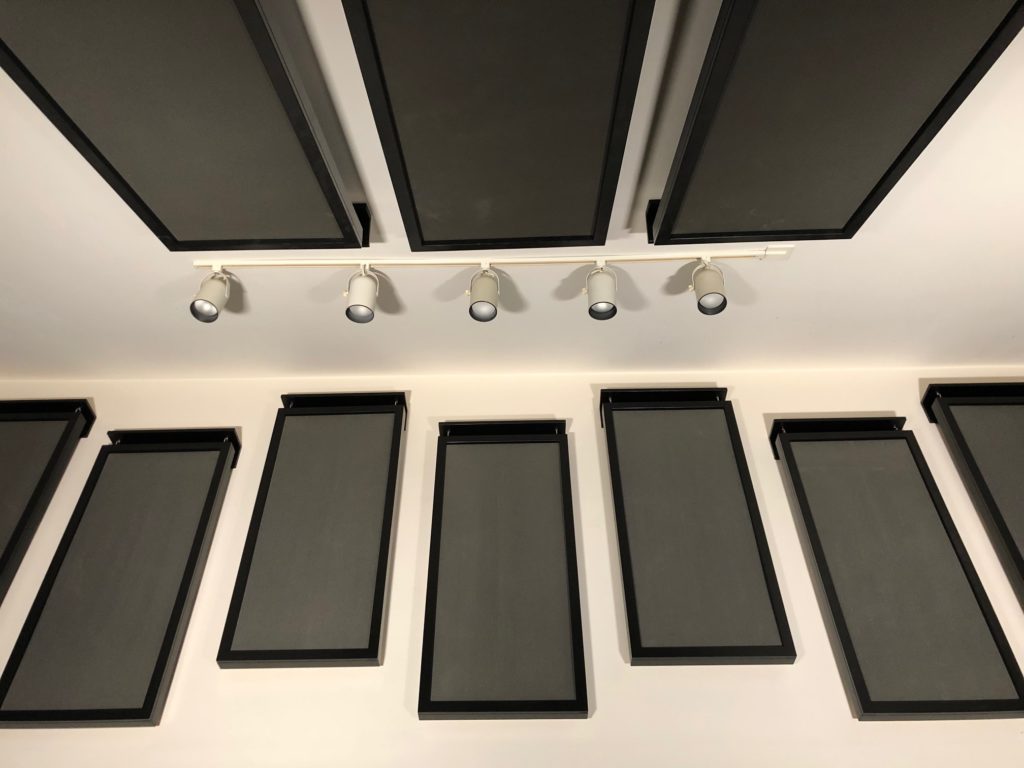
What type of foam for walls in studio do we use? Why should we use foam at all? How thick should the foam be? Where do we put the foam? Do some walls need more foam than others? Let’s step back a bit and look at all the issues involved with the decision on what foam for walls in studio to use. Sound energy within our rooms is divided into two main types. We have wave energy below 100 Hz. and we have middle and high frequency energy which is all energy above 100 hz. Both energy types require drastically different technologies to treat. Lower frequency energy treatment types are heavy and take up from 12 – 16″ of space to treat. Middle and high frequency issues can be treated with absorption or diffusion. Most middle and high frequency treatment technologies range from 2″ – 6″ deep depending on the frequency and amplitude of the energy they are working to absorb. Most people confuse these two types of energy forms and the associated treatment types. Let’s examine both forms and the treatment types and options that are available for both forms of energy within our rooms. At the end of this discussion you will know what foam for walls in studio to use.
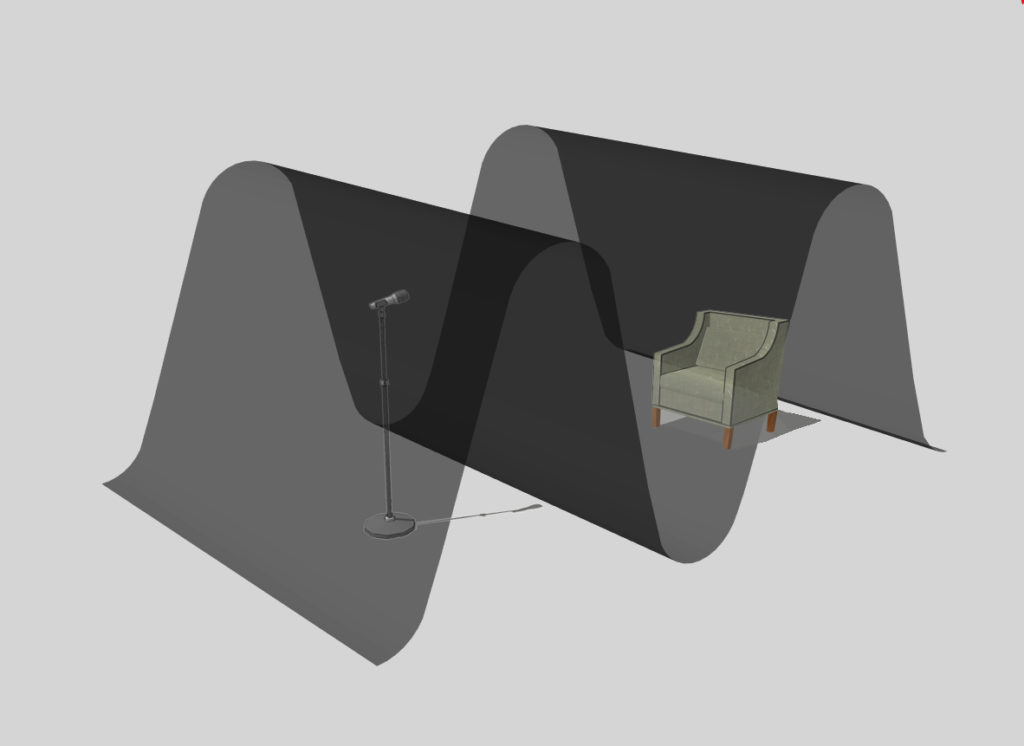
Low frequency energy below 100 Hz. requires treatment that takes a completely different form tham middle and high frequency energy. Low frequency energy is wave energy. Think about ocean waves. This will give you an idea of what low frequency looks and behaves like. Wave energy oscillated through our rooms like ocean waves. Low frequency wave energy is long and powerful. Low-frequency energy can be 20 – 30′ long and 15- 20′ high. It fills our rooms with energy that can produce room modes. Room modes are excess energy between our wall surface areas. We have axial modes which are between two parallel wall surfaces. We have tangential modes which are between four parallel surfaces and then we have oblique modes which are between six surface areas. To soak up the excess energy created by these low-frequency issues, we need technologies that have a pressure base to them. They must be able to deal with pressure from low-frequency wave energy. There are three types of low- frequency management available under our current laws of physics. https://www.acousticfields.com/product/acda-10-studio/
There are three types of low-frequency energy absorption technologies. We have Helmholtz, Diaphragmatic, and Membrane. All three technology types deal with low frequency energy pressure. middle and high frequency absorption works on air flow across the surface of the sound absorbing material type. Lower frequency technologies react to the pressure wave created by lower frequency energy waves. A Helmholtz resonator is usually a tube with a slot in the top of it. The length of the tube determines how low the absorber will work at. Helmholtz resonators work within a narrow frequency range and you need multiple units placed around the room. https://en.wikipedia.org/wiki/Hermann_von_Helmholtz Diaphragmatic absorption is the most powerful of the three types. It absorbs much more energy per square foot than either a Helmholtz or a membrane absorber. A membrane absorber is the cousin to a diaphragmatic absorber. https://asa.scitation.org/doi/pdf/10.1121/2.0000816 It operates under the same principles as a diaphragmatic absorber but uses material types that are less dense. Since this is a low -frequency absorption technology that deals with pressure waves, the lighter the material types the less performance one achieves. https://www.acousticfields.com/product/carbon-panel/
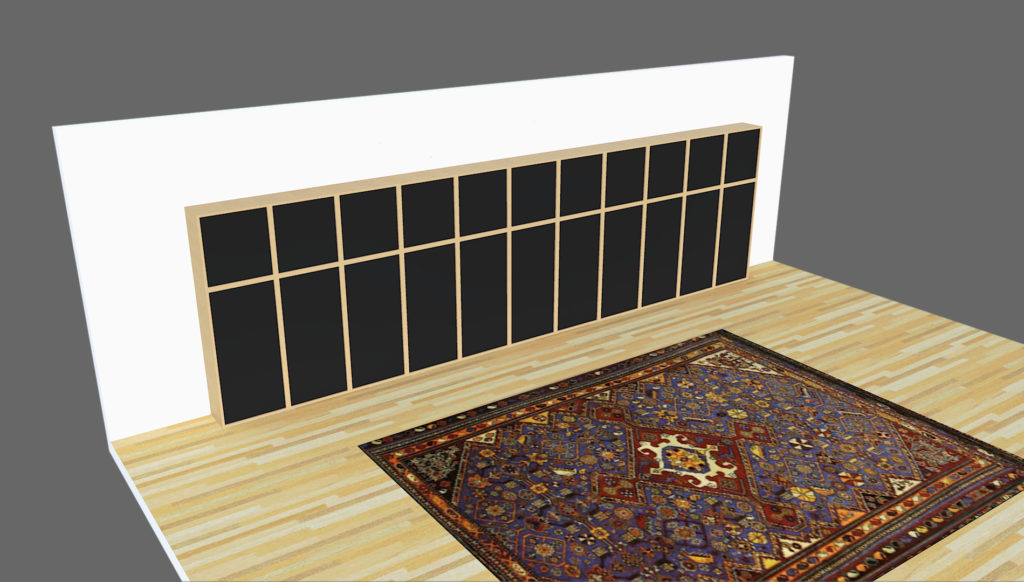
Middle and high frequency absorption can be accomplished using open celled acoustic foam. There are two types of foam technology. We have closed cell foams which are the foam types used within your couch and seat cushions. The closed celled construction is designed to support weight. The foam companies use to ship products is usually a closed cell foam type. Open celled foam is the type used for sound absorption. By definition, it has open cells which allow for the sound energy to enter the foam and produce friction. The friction produces heat which then in turn produces an energy transformation. This energy change then produces absorption. Not all open celled foams are created equal. There are foams that are designed to absorb as much energy as possible and there are foams that are designed for music and voice. When searching for answers on what foam for walls in studio, you must use an open celled foam that is specifically designed for music and voice. At Acoustic Fields, www,acousticfields.com we have spent 8 years and over 2 M creating an open celled foam technology specifically for music and voice. https://www.acousticfields.com/product/acoustic-foam/
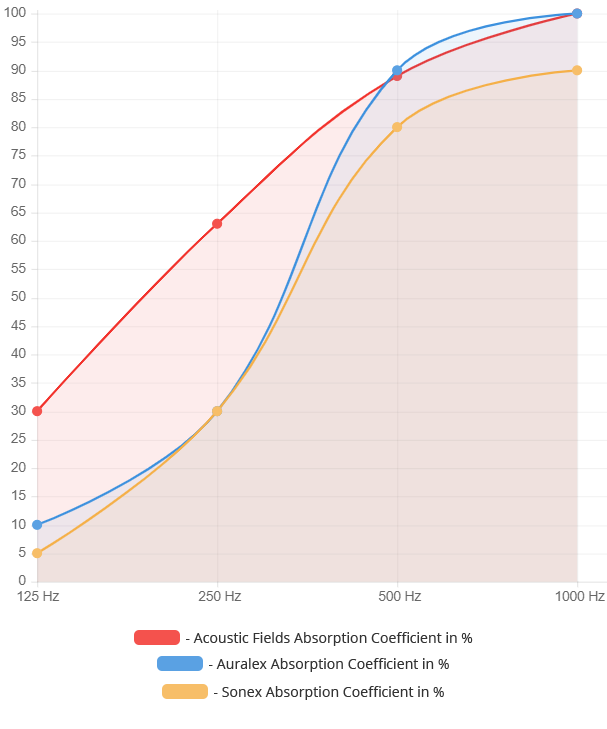
Our Studio Pro foam is designed for only music and voice. It has the proper rate and level of absorption for music and voice. Music and voice are different from noise. You must use a specific rate and level of absorption for music and voice in order to accomplish two main objectives. First, you must absorb enough energy at each octave band through the frequency range to have an audible impact on the presentation value of the voice and music within your room. Second, you must absorb at the proper rate and level of absorption required for music and voice. The frequency range from 125 hz. – 500 hz. is a critical frequency range that must be taken into consideration in any open celled foam that will be used to treat music and voice. Take a look at the graph above showing the performance of our Studio Pro foam technology. Notice the smooth rates and levels of absorption that occur between 125 hz. and 500 hz. This is the critical frequency range that must be dealt with in this same manner when considering any foam for walls in studio.


